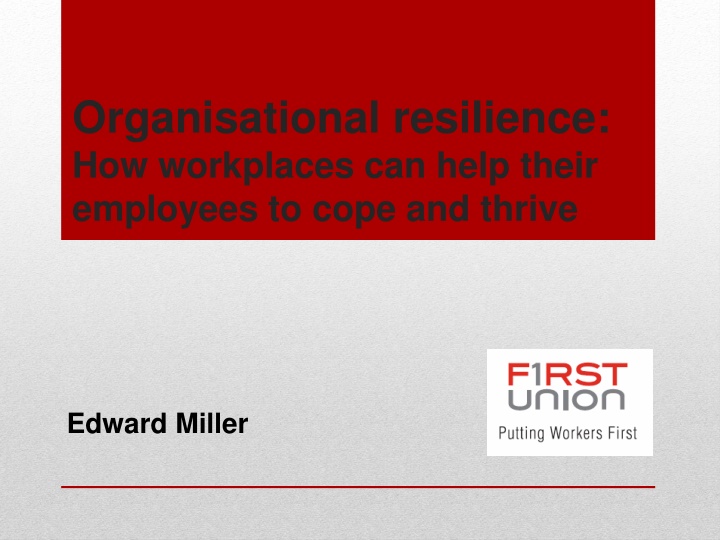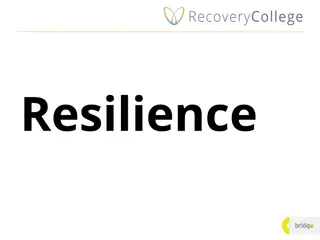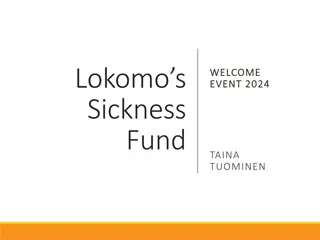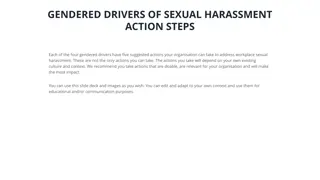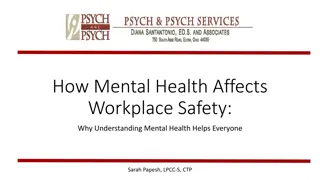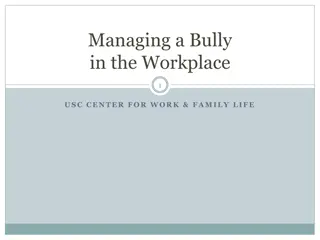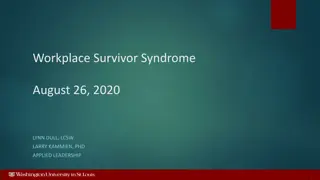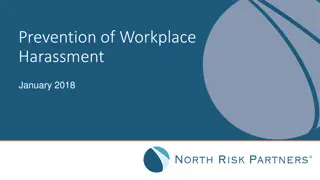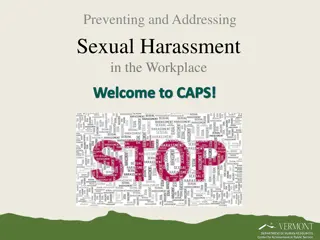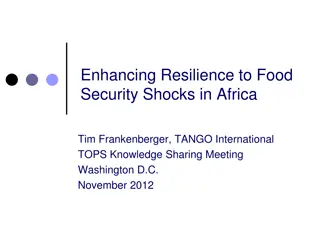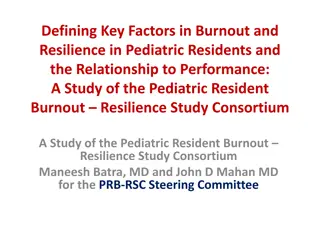Enhancing Workplace Resilience: Supporting Employees in Challenging Times
Workplace insecurity, characterized by factors like casualization and low pay, poses a significant threat to organizational resilience. Insecure work situations impact motivation, health, safety, and overall work quality, leading to higher turnover rates and potential disputes. The union movement aims to address these challenges through community organizing strategies and a shift towards a more holistic approach to employment issues.
Download Presentation

Please find below an Image/Link to download the presentation.
The content on the website is provided AS IS for your information and personal use only. It may not be sold, licensed, or shared on other websites without obtaining consent from the author.If you encounter any issues during the download, it is possible that the publisher has removed the file from their server.
You are allowed to download the files provided on this website for personal or commercial use, subject to the condition that they are used lawfully. All files are the property of their respective owners.
The content on the website is provided AS IS for your information and personal use only. It may not be sold, licensed, or shared on other websites without obtaining consent from the author.
E N D
Presentation Transcript
Organisational resilience: How workplaces can help their employees to cope and thrive http://upload.wikimedia.org/wikipedia/commons/3/3f/First_union_nz_logo.png Edward Miller
FIRST Union 27,000 members across finance, wood, textile, clothing, baking, transport, logistics, waste, retail ~ 7-8% of unionised workers in NZ UNEMIG Generally low wage workers Both within our union and more broadly, the biggest threat to organisational resilience is...
Insecure work Insecure work casualisation, contracting, temping, labour hire, zero hours, fixed term, seasonal, 90-day trial Characterised by Insecurity over tenure/no ongoing work Limited worker control over hours, tasks, safety, work arrangements Low/fluctuating pay No/Limited access to benefits No/limit career development or skills training Lack of rights, protection against discrimination, unfair dismissal or union access
Prevalence of Insecurity CTU estimates 635,000 (28.6%) of the 2.2 million kiwi workers insecure 192,000 temporary (casual, fixed term, temp or seasonal) 282,000 in work with a high chance of job loss in next year 160,500 unemployed Doesn t include self-employed could push to 30% Unsafe workers (estimated 200,000) low pay (84,000 on minimum wage, 573,100 less than a living wage of $18.40) Particularly affects Maori and Pacific workers, women, youth, migrants and people with injuries and disabilities.
Impact on organisational resilience in the workplace Insecurity affects workers, workplaces and work Motivation, self-esteem, mental and physical health Fewer training opportunities and poorer outcomes Poorer quality and quantity of output Health and safety outcomes Reduced knowledge of rights Higher potential for workplace disputes Higher staff turnover Loss of workplace culture Increasing atomisation
Organisational resilience for the union movement Divisions between employment and unemployment are breaking down Work location and control becoming more diffuse Look beyond transaction-based model Community organising model
